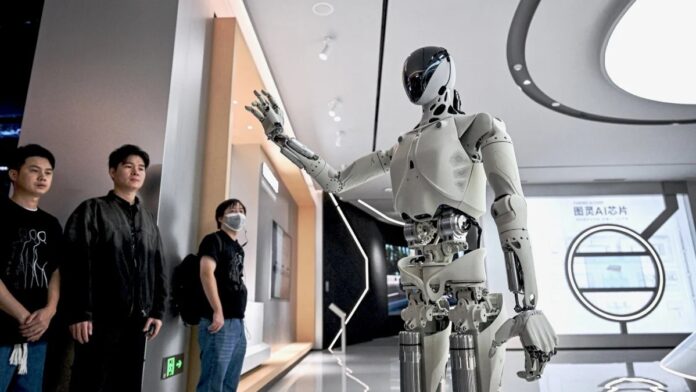We live in an age of startling technological advancement. Artificial intelligence can craft poetry, generate realistic images, and engage in surprisingly human-like conversations. Yet, try as they might, robots still struggle with the simplest tasks we humans perform effortlessly. This discrepancy highlights a persistent challenge in robotics known as Moravec’s Paradox.
Formulated by roboticist Hans Moravec in 1988, the paradox posits that tasks considered easy for humans are notoriously difficult to replicate in machines, while complex computations that baffle us come relatively easily to robots. This isn’t just a theoretical debate; it plays out daily in our attempts to integrate robotics into everyday life.
Consider the emergence of “arm farms” — factories where workers strap cameras to their faces and spend hours meticulously folding towels. This seemingly absurd practice underscores the difficulty of teaching robots such nuanced, multi-sensory tasks. As reported by the Los Angeles Times, capturing the subtle motions of human hands manipulating fabric is essential for training these robotic helpers.
The shortcomings of humanoid robots like Neo from Xpeng and Tesla’s Optimus are stark reminders of Moravec’s Paradox in action. Videos showcase Neo struggling with mundane chores like loading a dishwasher, while Tesla’s much-touted Optimus robots were revealed to be remotely controlled by humans during their unveiling.
These struggles stand in stark contrast to the remarkable progress made in artificial intelligence (AI). Just a few years ago, AI tools faltered at seemingly basic tasks – identifying objects in images, engaging in natural conversation, or even providing accurate translations. Today, however, sophisticated chatbots like Gemini and ChatGPT effortlessly handle these tasks with fluency.
The rapid evolution of AI suggests that breakthroughs in robotics are also possible. However, a crucial factor might be hindering humanoid robots: our own bodies might not be the best blueprints for them.
Humanoid robots may ultimately prove to be more novelty than necessity, while robots designed specifically for specialized tasks — manipulating materials on factory floors or performing delicate surgeries — continue to advance rapidly. For now, Moravec’s Paradox casts a long shadow over the dream of robots seamlessly integrating into our homes and lives.























